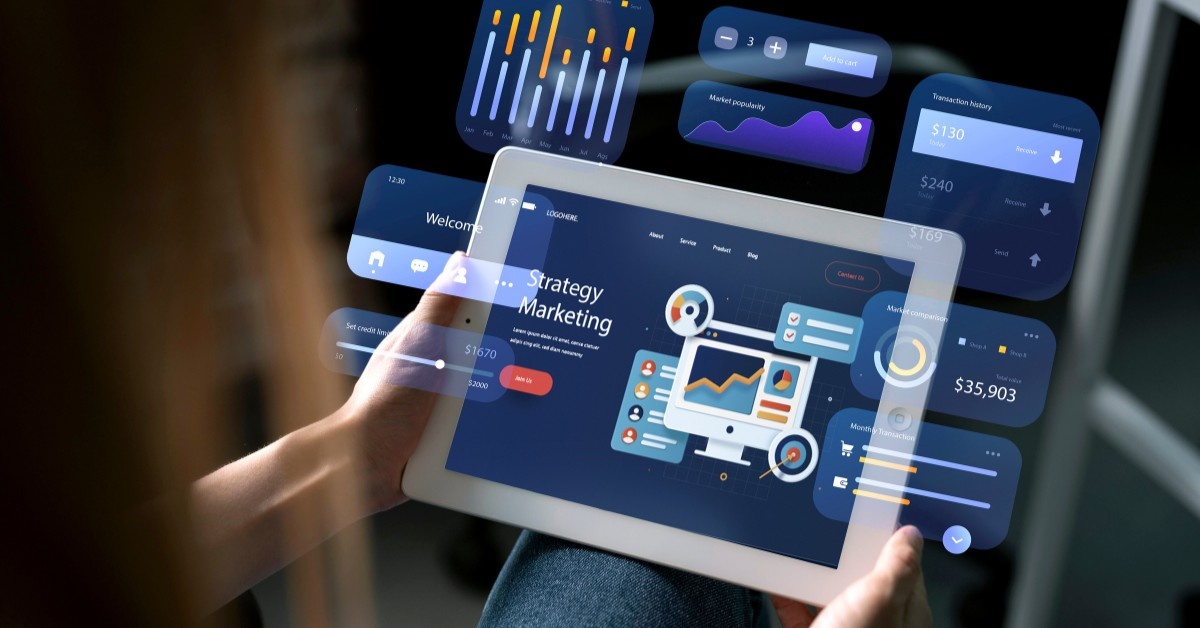How AI Is Rewriting Discovery: From Answers to Solutions
What belongs in Chapter One of discovery in the AI era?
The story of discovery has changed forever. What once started with RankBrain and traditional machine learning has now evolved into a world shaped by generative AI. RankBrain helped Google refine how it understood queries, but generative AI redefined what a query even means. Instead of leading users to pages, it creates the answers itself. This shift moves discovery from finding information to generating it, changing how brands must think about visibility.
For marketers, this means Chapter One in any new playbook is clarity. The term “AI” is now casually stamped on everything, from chatbots to refrigerators, yet few understand the difference between artificial intelligence, which interprets, and generative intelligence, which creates. Treating them as the same is the first strategic error most brands make.
The modern discovery system rewards context and originality. Brands that fail to define what kind of intelligence they are optimizing for risk losing relevance in both human and algorithmic eyes. The future will belong to marketers who understand this distinction and use it to build visibility that adapts as fast as the technology itself.
How is the discovery layer shifting from links to solutions?
Users increasingly ask AI engines for outcomes, not pages. Answers arrive instantly, but they are not always solutions. The brands that win provide solution depth on owned properties that AI can verify and cite. That requires clarity, originality, and a consistent signal of trust on site and across channels.
Will AI browsers bypass traditional search?
Adoption is already fracturing habits. People consult AI browsers to learn how to do something or to validate facts, then visit sites only when they need depth or proof. Traffic volumes may drop, but the value per visit rises when users arrive with intent. Visibility must be measured beyond blue links.
What does evergreen content look like now?
Evergreen shifts from static definitions to purpose-led reference. It balances facts, history, and clear context so that it remains useful when models blend sources. The durable assets are those that anchor truth, document change over time, and express a brand purpose that does not expire.
Where are the blind spots CMOs should avoid?
The label AI on everything hides the real task. Teams chase trends and ignore the human being on the other side. Brands that treat discovery as a people problem build equity. Brands that treat it as a label race burn trust and budget.
Can AI generated content undermine trust?
Yes. Audiences recognize synthetic cadence and mismatched emotion. When content feels machine stitched, credibility drops. Platforms are already responding by demoting faceless, low trust output. Human presence and editorial judgment remain the signal that separates authority from noise.
How will tools and attribution evolve in an AI first landscape?
Keyword rankers were built for a world of uniform results. Generative systems personalize by context, location, and history. Expect more direct traffic and brand recall inputs as people hear about a brand inside AI and then visit it by name. Measurement must follow the full journey from awareness to research to conversion, not just the click.
How should marketing teams reorganize for this shift?
Organize around strategy, creation, distribution, and measurement. Keep specialists inside those pillars, but manage outcomes holistically. Treat SEO as the connective tissue across formats. It is not metadata alone. It is the craft of language, narrative clarity, and content architecture that models and humans can both understand.
Is concentration risk growing as AI cites a few platforms more often?
Communities that moderate themselves can sustain quality, but concentration always invites abuse. The only durable play is to participate transparently, add value, and earn citations through real contribution. Shortcuts collapse under community scrutiny.
What is the single most practical habit for marketers entering today?
Learn SEO as a thinking system. Define purpose. Build experiences that help people get what they came for. Publish across formats where audiences actually search, from video to social to audio to web. Treat AI as an idea accelerator, not a replacement for judgment. The job is to become the solution people cite.
What is the takeaway for leaders?
AI is rewriting discovery, but not human curiosity. Basics still decide outcomes. Purpose, trust, and storytelling carry the message through changing formats. The brands that commit to human centered solutions will keep compounding advantage as the tools shift around them.
Do you want more traffic?

How to Scale Personalisation in ABM Without Losing Focus?
.png)
Why Small Tasks Are the Next Big Revolution in Business Efficiency?










